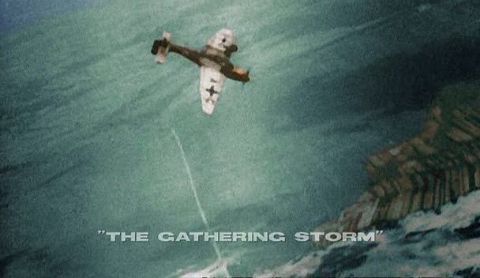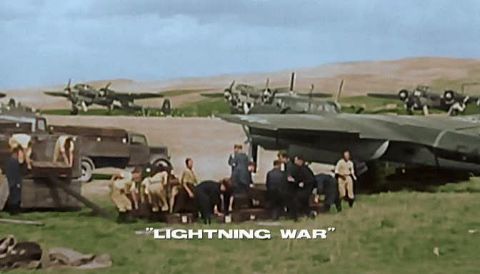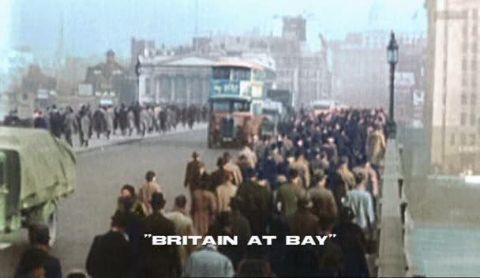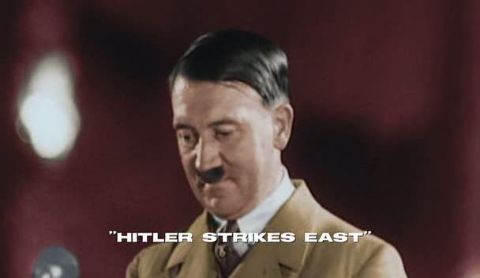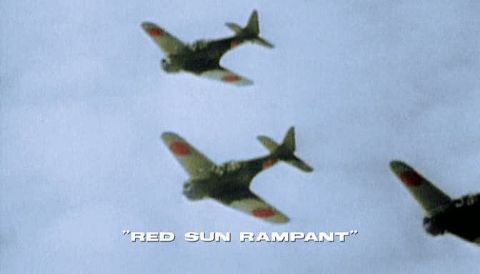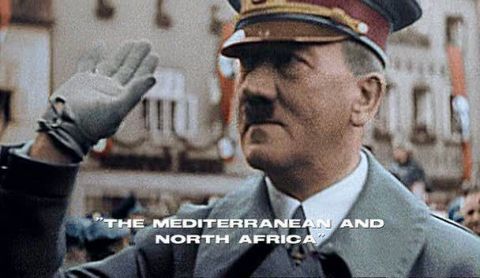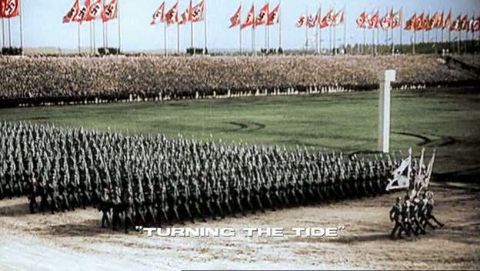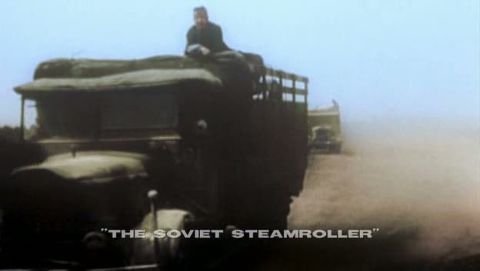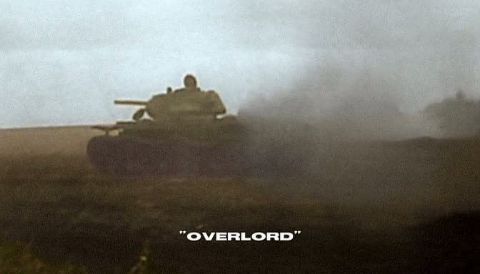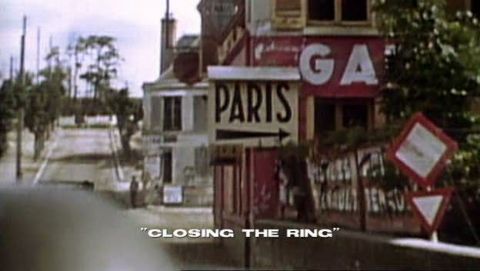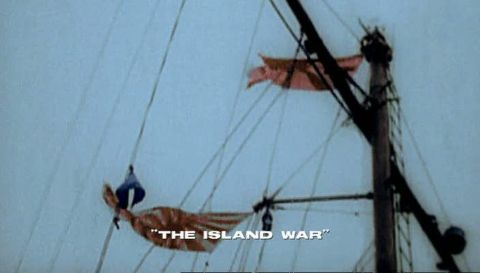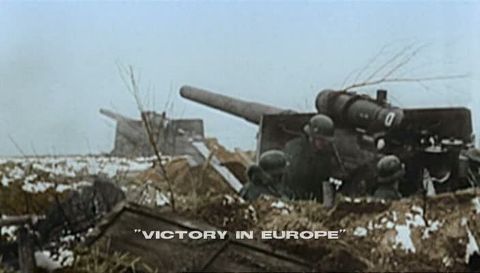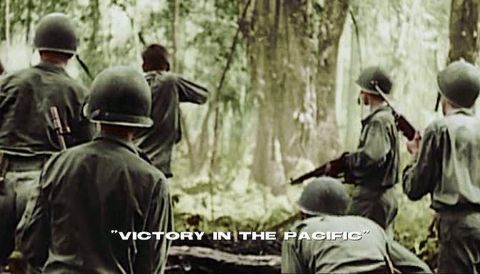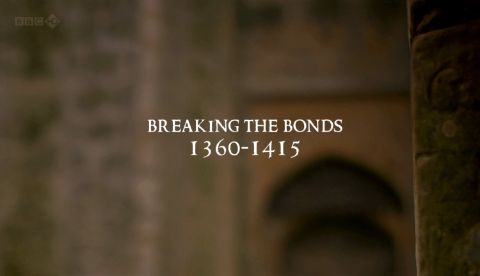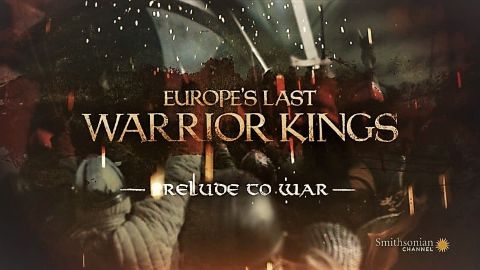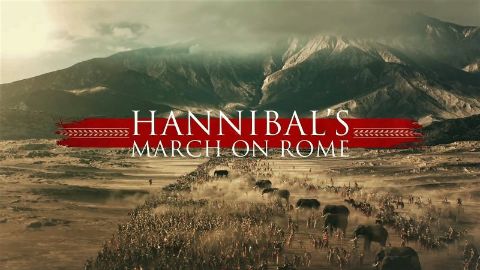The Island War • 2009 • episode "11/13" • World War II In HD Colour
Since December 1941, a vicious war against Japan was being waged in the Pacific. The Japanese were driven back across the ocean, island by island, in savage hand to hand fighting. American dominance at sea was finally established in "The Great Marianas Turkey Shoot", when radar gave the US Navy advance warning of a huge Japanese attack and the last vestiges of Japanese naval air power were destroyed. But this film also looks at the war in the jungles, in places like Burma, where new specialist fighting units - like Orde Wingate's Chindits - slowly pushed back the Japanese despite horrific conditions.
Make a donation
Buy a brother a hot coffee? Or a cold beer?
Hope you're finding these documentaries fascinating and eye-opening. It's just me, working hard behind the scenes to bring you this enriching content.
Running and maintaining a website like this takes time and resources. That's why I'm reaching out to you. If you appreciate what I do and would like to support my efforts, would you consider "buying me a coffee"?
Donation addresses
BTC: bc1q8ldskxh4x9qnddhcrgcun8rtvddeldm2a07r2v
ETH: 0x5CCAAA1afc5c5D814129d99277dDb5A979672116
With your donation through , you can show your appreciation and help me keep this project going. Every contribution, no matter how small, makes a significant impact. It goes directly towards covering server costs.
